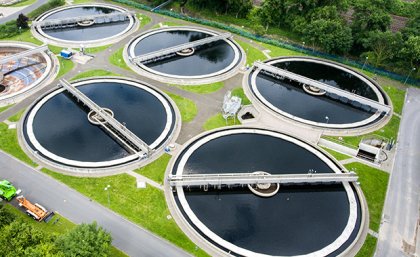
The use of cocaine and MDMA has fallen in Queensland since COVID-19 disruptions began in 2020, but the use of methylamphetamine or ‘ice’ has increased according to a report from Australian Criminal Intelligence Commission (ACIC).
Led by The University of Queensland and The University of South Australia, the National Wastewater Drug Monitoring Program provided insights into Australia’s drug consumption.
Professor Kevin Thomas, Director of UQ’s Queensland Alliance for Environmental Health Sciences (QAEHS), said 57 wastewater sites across the country were monitored in April this year, representing 56 per cent of the Australian population.
“Our team has worked closely with University of South Australia researchers and the ACIC since the program commenced in 2016 to provide research and intelligence on illicit and legal drug use,” Professor Thomas said.
“It is now one of the most advanced wastewater analysis programs in the world, providing a clear picture of drug consumption across the country.”
Long-term national trends have shown substantial decreases in drug use, including cannabis which dropped by more than one-third since August 2021, in city and regional areas in Queensland.
Cocaine-use continued to fall from a peak in mid-2020, declining by at least 40 per cent in Queensland cities and 30 per cent in regional areas, and MDMA by at least 80 per cent from April 2020 to April 2022.
The research found the use of methylamphetamine or ‘ice’ in Queensland has steadily risen since COVID-19 related lows in late 2020, by around 30 per cent to April 2022.
However, consumption levels of the drug remain below those measured prior to COVID-19.
The results also showed the consumption of fentanyl and oxycodone was higher in regional parts of the state, but the gap has narrowed.
Rates of alcohol and nicotine consumption across Queensland have declined since 2020.
Dr Ben Tscharke from UQ’s Queensland Alliance for Environmental Health Sciences said the wastewater analysis program provided a clear picture of illicit drugs consumed – which is information that is otherwise hard to obtain.
“We use very sensitive instruments to separate the different drugs present in the wastewater and determine their concentration,” Dr Tscharke said.
“We can pinpoint areas that have higher or lower drug consumption.
“We look for patterns emerging over time and how drug consumption changes when seizures by law enforcement occur, drug use policies change, or to assess impacts from significant events like the pandemic.
“The wastewater data shows where changes in drug consumption might be occurring and where you might want to take a closer look.
"Combining the wastewater data with other datasets can then help narrow down the potential causes of these changes.”
ACIC Chief Executive Officer Michael Phelan APM said illicit drug activity is placing a significant burden on the Australian economy.
“Understanding drug consumption at the population level supports effective allocation of resources and informs appropriate demand, supply and harm reduction strategies, which are critical to address drug use in Australia,” Mr Phelan said.
Media: Kirsten O’Leary, UQ Communications, k.oleary@uq.edu.au, +61 (0)412 307 594 @UQHealth










